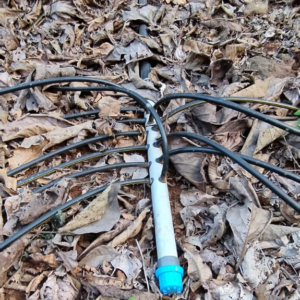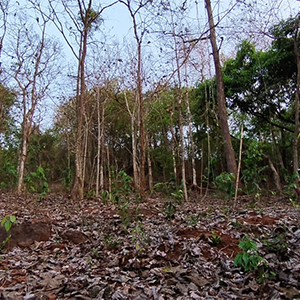Introduction
Once an evergreen region, our Konkan is getting degraded rapidly. The depleting green cover is leading to soil erosion, loss of biodiversity and increasingly hot summers. So, as the monsoons arrive, we have decided to plant native trees and also raise them till the green cover is restored. We are now on a mission to restore the degraded habitat. Plant-a-Native is GWT’s habitat restoration project in the Shiravali village near Chiplun.
In the recent times, terms like global warming, species extinction, natural disasters are making headlines. ‘Climate Change’ is emerging as a big concern, globally. Earlier, conveniently ignored as if it was myth, Climate Change is now being acknowledged and addressed as a genuine concern. Policy-makers, corporates, NGOs, citizens … all are putting an effort to bring about a positive change.
To combat Climate Change, one needs to understand the cause of it. To put it in a nutshell, the biggest culprit is uncontrolled carbon emission. Increasing presence of carbon in the atmosphere due to anthropogenic activities is bringing about Climate Change. One of the best solutions to nullify the emission is to do plantation. Trees don’t just sequester carbon, but also prevent emission of carbon from the soil. Hence, plantation is the most sought-after solution to combat Climate Change.
Corporates are willingly supporting plantation projects which directly help them offset their emissions. Citizens readily volunteer in plantation drives. Schools and other organized sectors also participate in such mass plantation drives. But for them, the activity is nothing less than a one-day picnic.
Several volunteer groups, Government and non-government organizations have now initiated massive plantation drives in order to make a massive, visible impact.
However, unfortunately most plantation projects are done randomly without appropriate prior survey and hence, most often, they either are not successful or do more damage to the surrounding biodiversity than good.





